The sound of drums, gongs, and cymbals resounded loudly, and crowds of spectators eagerly followed each graceful and beautiful dance of the lions, unicorns, and dragons.
Everyone was looking forward to the best performances and burst into laughter with the high pole climbing movements of the naughty monk who loved cabbage, the flying movements of the pair of lions constantly furrowing their silver eyebrows up to the Mai Hoa valley, or the winding movements of the nine-curved dragons with their bodies sparkling with night light.
Cultural beauty from ancient times
In the spiritual culture of ancient Vietnamese people as well as many Asian peoples, the unicorn - lion - dragon symbolizes justice with extraordinary power, enough to suppress bad things, bad luck...
Unicorns and dragons only exist in mythology, so the ancients believed that if they could see these mascots, especially during Lunar New Year, festivals, opening days or groundbreaking ceremonies, it would mean good luck, success and prosperity in work and life.
Lions are a part of Vietnamese childhood memories.
The essence of lion and dragon dances is the combination of spiritual beauty and traditional martial arts. Depending on the space and time, people can perform each dance and dance accordingly.
If competing with each other, teams can perform a dance combining lion and dragon, lion and lion, or a combination of all three genres, combined with a percussion ensemble, drums, cymbals and gongs.
A dragon dance performance at the 2023 Ho Chi Minh City Lion and Dragon Festival
From a folk art form that is believed to have first appeared in the 3rd century in China, lion and dragon dance has gradually become a popular cultural activity in many Asian countries such as Japan, Tibet, Indonesia, Malaysia, Korea...
In Vietnam, for generations, lion and dragon dance has been considered a unique folk art and is still maintained and developed strongly in provinces and cities across the country.
Step out of the legend
Since ancient times, the unicorn has been a sacred animal, often placed in sacred places in temples, royal tombs, and pagodas. Therefore, the unicorn's head and dances all represent strength and majesty.
Therefore, lion dancers must be good at martial arts, have good physical strength and endurance to endure long performance times.
Lion dance during Tet holiday is a long-standing cultural feature of Vietnamese people.
Vietnamese folklore says that the unicorn is a deified creature, second in line to the four sacred animals: Dragon, Unicorn, Turtle, Phoenix...
The female is called Lan, the male is called Ky, commonly called Ky Lan. Ky Lan is an animal with a half-dragon, half-beast head, only one horn, never goring anyone, so this horn is considered the embodiment of compassion.
Most of the images of the unicorn are depicted with deer horns, dog ears, camel forehead, demon eyes, lion nose, very wide mouth, horse body, deer legs, and cow tail. Sometimes it has the shape of a musk deer, with cow tail, wolf forehead, horse hooves, skin of all 5 colors, especially the belly has a characteristic yellow color...
But no matter what form it appears in, in Eastern folk beliefs, the unicorn is a mascot that heralds good luck, a symbol of majesty, longevity and great happiness.
The unicorn possesses all the qualities characteristic of a benevolent animal, when moving it avoids stepping on insects and soft grass under its feet.
Lion and dragon dance performances on festivals
According to legend, more than three thousand years ago, the unicorn appeared and every year it descended the mountain once, capturing people and animals to eat, spreading terror everywhere. People cried out, worshiped and tried many ways to destroy it but all failed. Faced with a strange creature that was both ferocious and powerful, humans thought they had given up.
One day, Maitreya Buddha transformed into a Earth God and came down to earth to rescue all living beings. Earth God appeared, smiling broadly and gently, luring the unicorn to eat a type of fairy grass (Ganoderma lucidum), turning it from a ferocious animal that loved to eat people into a gentle beast that only liked cabbage and fruit...
The unicorn was docile, obeyed the Earth God and danced to entertain everyone. The people cheered and life was peaceful again. Then the Earth God took the unicorn back to heaven.
Lion up Mai Hoa valley
Since then, folklore has it that: "When the unicorn appears, the world will be at peace." Every year, the unicorn appears, but its presence since then has brought people good luck and prosperity in business.
Lion and dragon dance in Vietnam
It is unclear when the lion dance first appeared, but it has become an indispensable cultural feature of the Vietnamese people.
In the ancient Dong Ho paintings, collectors have preserved drawings with the Nom script "Phung Lan", depicting a lion dance similar to the art of performing the Lion Dance that often appears during festivals, especially the Lantern Festival, Mid-Autumn Festival and Lunar New Year.
The typical Vietnamese dance is often accompanied by martial artists and acrobats. There is also the appearance of a character with "big ears, a big face, a big belly, a mouth smiling from ear to ear" holding a stick with a ball on top in one hand and waving a palm-leaf fan in the other hand, which is Ong Dia.
Lion and dragon dances are popular among many social classes, especially when performed during the first days of the new year, at traditional festivals or celebratory activities.
Depending on the space and festival season, the lion and dragon dances will have different dances, not only individually but also together to create the most perfect trio.
People love to watch lion and dragon dances.
Depending on the region, the name of this art form is also different. The North often calls it lion dance, the South generally calls it unicorn dance.
If lion dance on the occasion of Mid-Autumn Festival is a joy, a beautiful memory of children and adults about the middle days of the 8th lunar month, the captivating weather with colorful lanterns, bustling streets with the sound of drums resounding everywhere, then in spring, lion dance has an even better meaning.
According to Eastern cultural beliefs, the four sacred animals such as Dragon, Unicorn, and Phoenix symbolize strength, happiness, and prosperity, and can ward off evil spirits and bring luck and peace to the homeowner throughout the year.
When the lion enters the house, all evil spirits will be driven away, along with bringing joy and happiness into the house, the homeowner will be safe. This is the meaning of the lion dance custom on Lunar New Year, praying for a new year with favorable weather, lots of joy and peace.
Cultural essence, sports power
From a folk art form with strong entertainment features, lion dance performances have gradually been upgraded to a sports competition, encouraging practitioners to improve their physical strength, stature and determination.
With the starting point of training and coaching methods based on martial arts practice, the Lion Dance troupes are in some ways also folk martial arts "furnaces", representing many different schools.
Double Happiness Dance
Lion and dragon dance is a performance and requires a high level of artistry in each movement. Therefore, the dancer must have passion and go through many years of meticulous training to perform a beautiful dance.
Lion dance teams often distill the essence of original culture combined with traditional martial arts, folk dance, ethnic dance... to create unique martial arts and techniques. The dancer must convey the "soul" of the lion, must imitate the correct gestures and appearance of the lion but still express joy, bringing joy to the audience.
In the past, before practicing lion dance, one had to practice martial arts first. Only by learning martial arts can one's movements become more graceful and the lion's form can be expressed.
When it comes to Lion and Dragon Dance, Saigon - Cho Lon area is considered the cradle that has nurtured and developed many famous lion dance troupes over the past decades, inheriting many quintessential features of generations of top martial artists closely associated with the performance.
The troupes Nhon Nghia Duong, Lien Nghia Duong, Hang Anh Duong, Tinh Anh Duong, Hao Dung Duong, Xuan Hoa Duong... have a long history of operation and strong development.
Hung Hung Lion Dance Troupe
Nhon Nghia Duong Lion Dance Troupe was founded in 1936 and is currently led by People's Artist Luu Kiem Xuong as the leader and head of the troupe.
The family has passed down three generations of martial arts, drumming, lion dancing, and variety shows. At first, the troupe mainly served at temples and shrines on holidays and the Mid-Autumn Festival to bring joy, blessings, and good luck to the people.
Later, Nhon Nghia Street played an important role, many times representing Vietnamese lion and dragon dances to compete in international tournaments and brought back many valuable achievements.
Lan Nhon Nghia Duong
Vietnam Lion Dance Federation: Reaching new heights READ NOW
Many localities have now promoted the establishment of federations and have been operating quite steadily, from the pioneering role of the Can Tho City Lion Dance Federation launched in 2014, followed six years later by the Ho Chi Minh City Lion Dance Federation "launching", the two eldest brothers of the lion dance village nationwide.
Lion Dance has also officially appeared in the national mass sports competition system, most recently the 9th National Lion Dance Festival held recently in Hai Phong City.
The festival attracted nearly 150 athletes from Lion Dance clubs in 5 provinces and cities (An Giang, Ho Chi Minh City, Hanoi, Quang Ninh, Hai Phong), competing in 5 categories: Platform Jump, Mai Hoa Thung, Dragon Dance, Dia Buu and Individual Pole Climbing.
Mai Hoa Thung - the most difficult and beautiful performance
Previously, in 2022, Lion Dance was also included for the first time in the competition program of the 9th National Sports Festival in Quang Ninh and was a great success in both organization and expertise.
More than 20 provinces and cities have developed the movement, 10 enterprises with legal status for this type of activity have been established, creating a premise for new development steps.
Raise the bar, reach out to the ocean
In June 2022, with the approval of the Ministry of Culture - Sports - Tourism, the Organizing Committee for the establishment of the Vietnam Lion Dance Federation officially came into operation.
After nearly 10 months, the Vietnam Lion Dance Federation was launched for the first time with the support of over 140 organizations, businesses, individuals and a large number of Lion Dance lovers across the country.
Vietnam Lion Dance, as a professional social organization operating under the Law on Physical Training and Sports, is expected to participate in promoting the movement, increasing opportunities for international integration, developing and bringing Vietnam Lion Dance to many achievements in the international arena.
Lion Dance is a sports federation in Vietnam.
Not only committed to devoting all its efforts to developing Lion Dance domestically as well as in the international arena, the Vietnam Lion Dance Federation and related departments are also promoting the proposal to UNESCO to recognize Lion Dance as an intangible cultural heritage in Vietnam.
This is an important step to enhance the status of folk art that has been associated with the community for many generations, has historical, cultural and scientific value, reflects the identity of Vietnamese society, and inherently contains unique cultural beauty that needs to be preserved and promoted.
Lion dance styles:
+ "Occupying the head of the unicorn" - A unicorn symbolizes the power and bravery of a fierce general, a brave man, a hero. performing, showing the ability to attack from left to right, advancing and retreating smoothly, brave steps, jumping high, and climbing well.
+ "Double happiness" - Two unicorns are like husband and wife, like heaven and earth and the harmony of yin and yang performing together, expressing joy and happiness, like one mind and one heart like a phoenix and a dragon.
+ "Tam Tinh" - Three lions dancing together represents people's prayers for good things, three good things are Happiness, Prosperity, Longevity with three colors: yellow, red, black.
+ "Three Brothers" - Three lions dancing together symbolize Liu Bei, Guan Yu and Zhang Fei, expressing their bond and love for each other more than blood brothers until death, while also demonstrating bravery and great ambition.
+ "Tu Quy Hung Long" - Four lions dancing together, symbolizing the four seasons, four directions, four phenomena in heaven and earth, including four lion heads: white, yellow, red, black (or green), expressing abundance, longevity, health and happiness.
The beard is... the beginning of the story
Not every lion can dance on Tet holiday if it does not have the four noble features of the four sacred animals: dragon jaw, lion nose, phoenix eyebrows, turtle tail on the back of the neck, and fish fin-like thorns near the right lip. To open a new business, people bring lions with golden beards and platinum beards, symbolizing gold and silver, to dance in front of the altar of the God of Wealth, implying the wish for a prosperous business, always having an abundance of gold and silver.
The lion has many faces: white, yellow, red, blue, black. The three most popular lion heads are white, red and black. The three lion heads often dance together, telling the story of the "Peach Garden Oath": the lion with a yellow face and white beard (Liu Bei), the lion with a red face and black beard (Guan Yu), and the lion with a black face and black beard (Zhang Fei).
Silver Beard Unicorn
The lion's beard is the most important part of the lion's head. According to ancient beliefs, the lion's beard is silver or black based on the age of the lion troupe. A lion troupe must be thirty years old or older to use silver beard lions.
The silver or white bearded lion is considered the king of all lions. The ginger bearded lion represents the second-class lion teams, while the blue or black bearded lion is the junior class.
In the lion dance profession, if you "know your superiors and subordinates" and follow the "rules of the underworld", everything will be fine. Otherwise, bloody fights will happen right when you show off your skills. In reality, especially before 1975, many fierce bloody fights broke out in Saigon because of these things.
Source: https://nld.com.vn/lan-su-rong-tu-truyen-thuyet-den-hanh-trinh-di-san-van-hoa-196240211095408357.htm



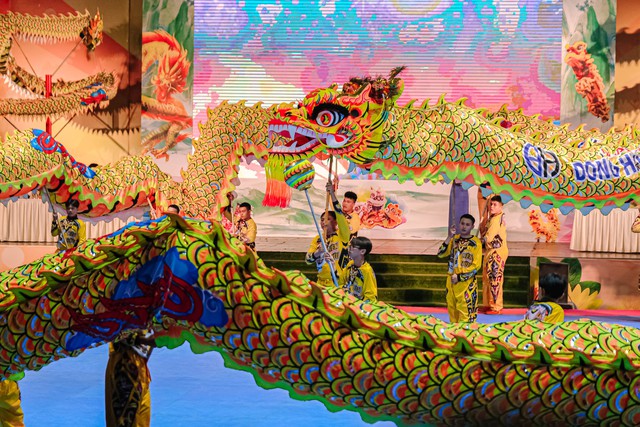
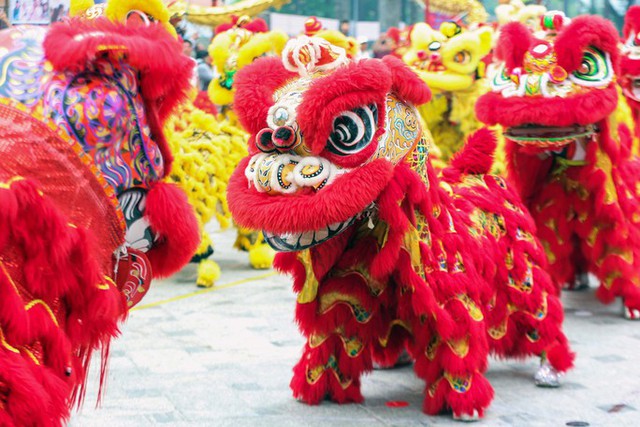
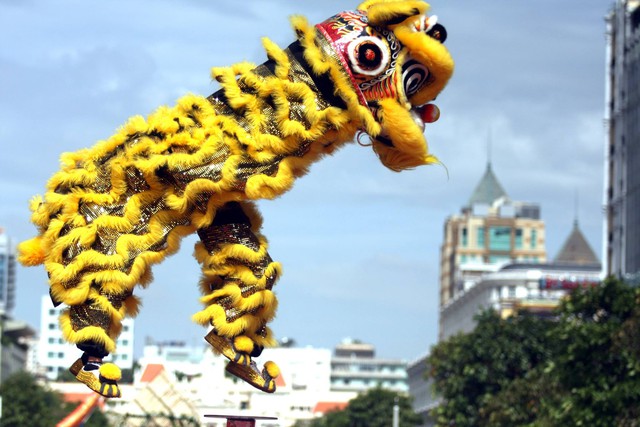
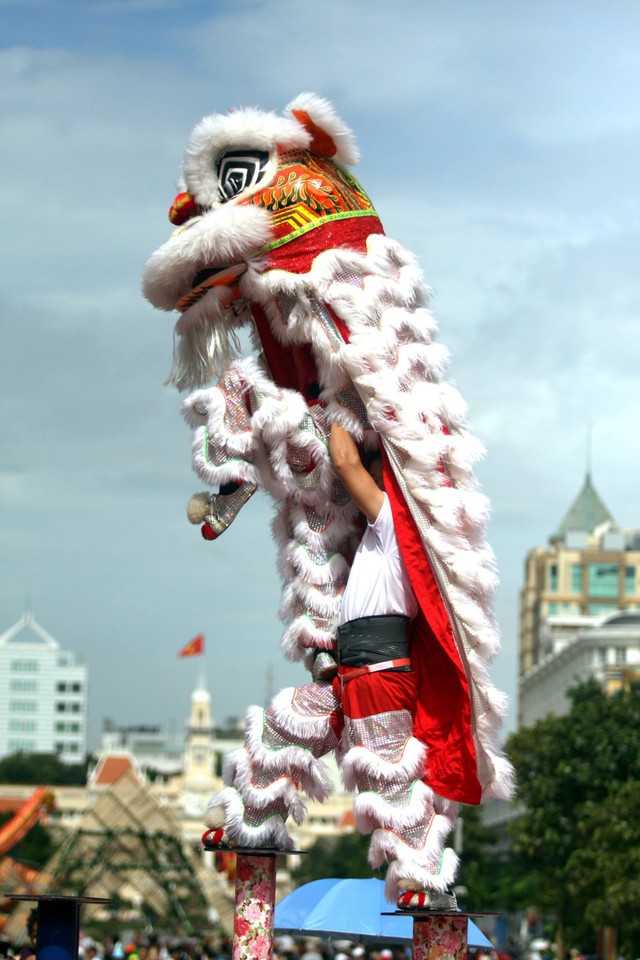
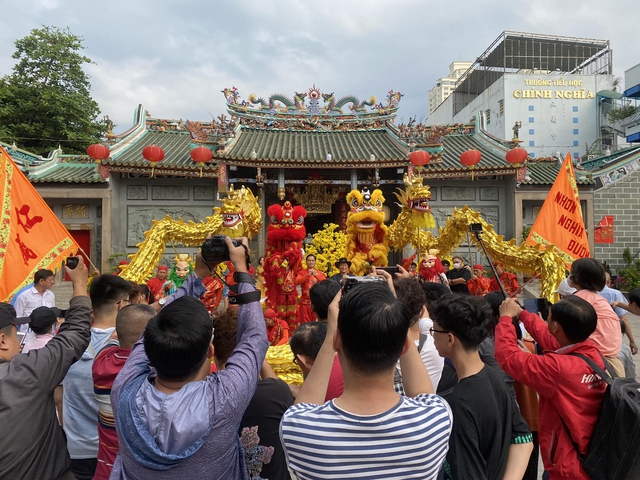
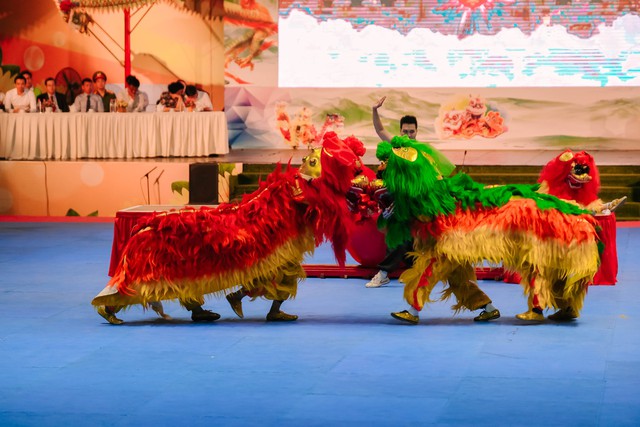

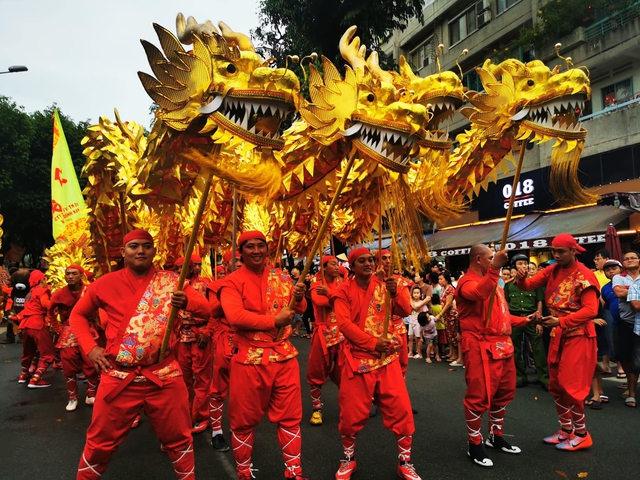
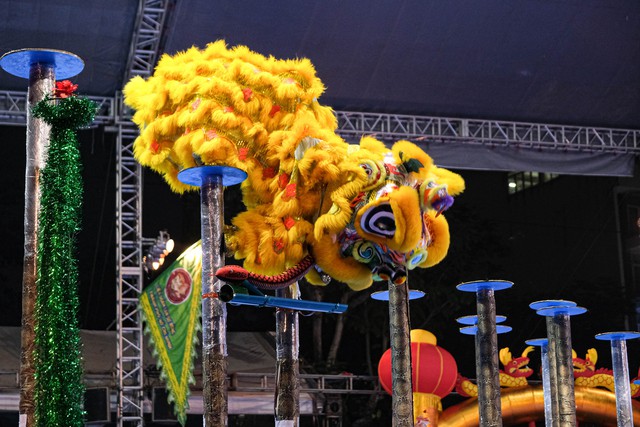
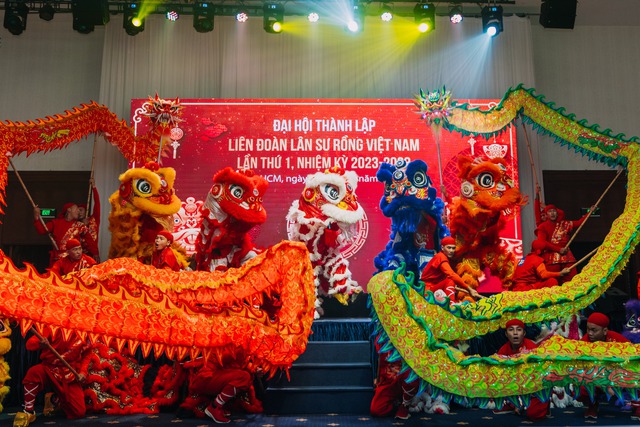
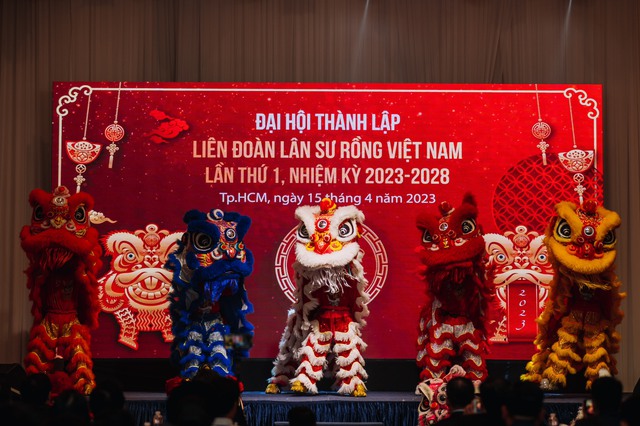

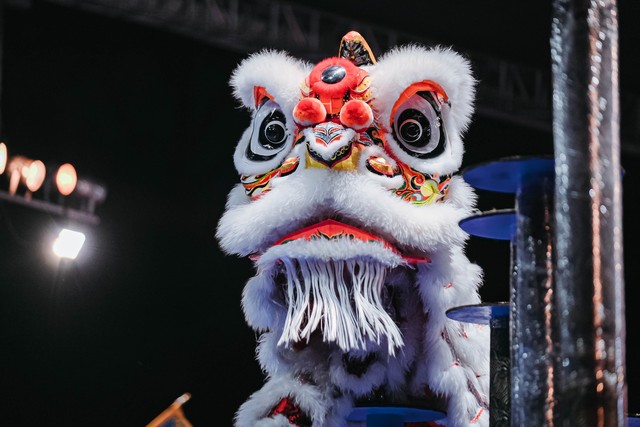


![[Photo] Overcoming all difficulties, speeding up construction progress of Hoa Binh Hydropower Plant Expansion Project](https://vstatic.vietnam.vn/vietnam/resource/IMAGE/2025/4/12/bff04b551e98484c84d74c8faa3526e0)


![[Photo] Closing of the 11th Conference of the 13th Central Committee of the Communist Party of Vietnam](https://vstatic.vietnam.vn/vietnam/resource/IMAGE/2025/4/12/114b57fe6e9b4814a5ddfacf6dfe5b7f)



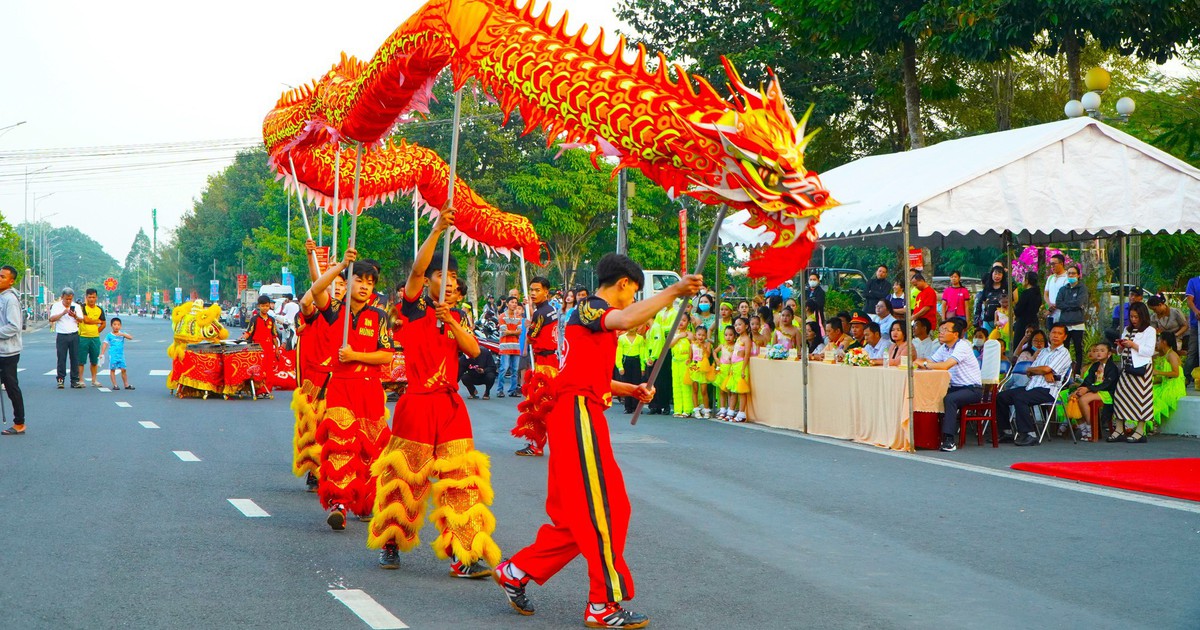
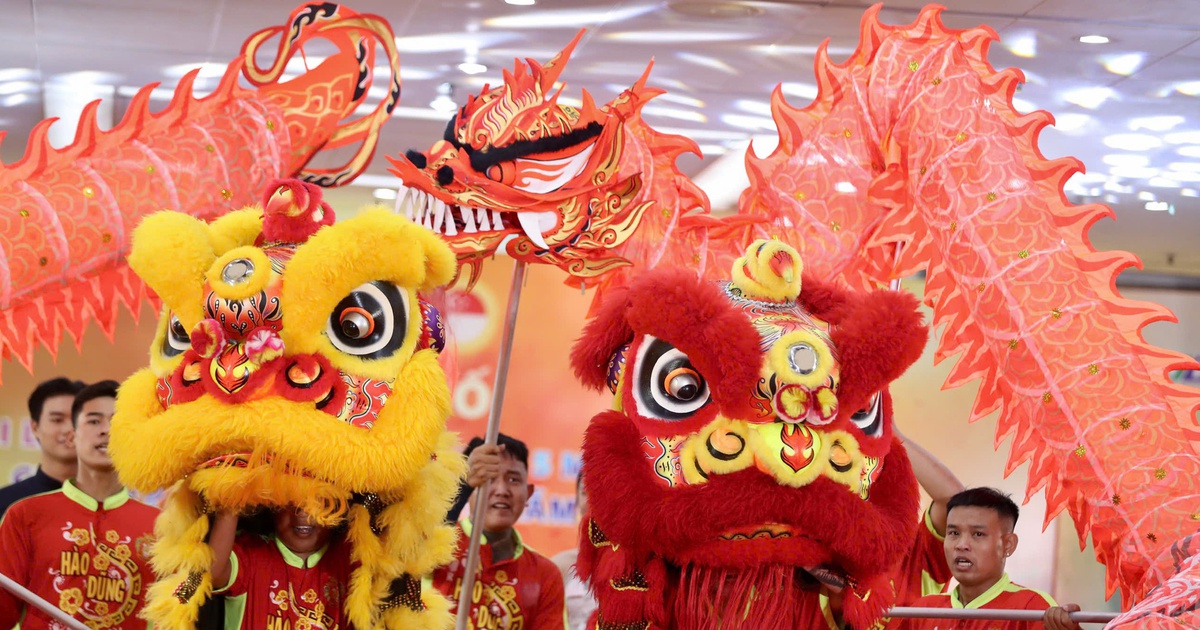
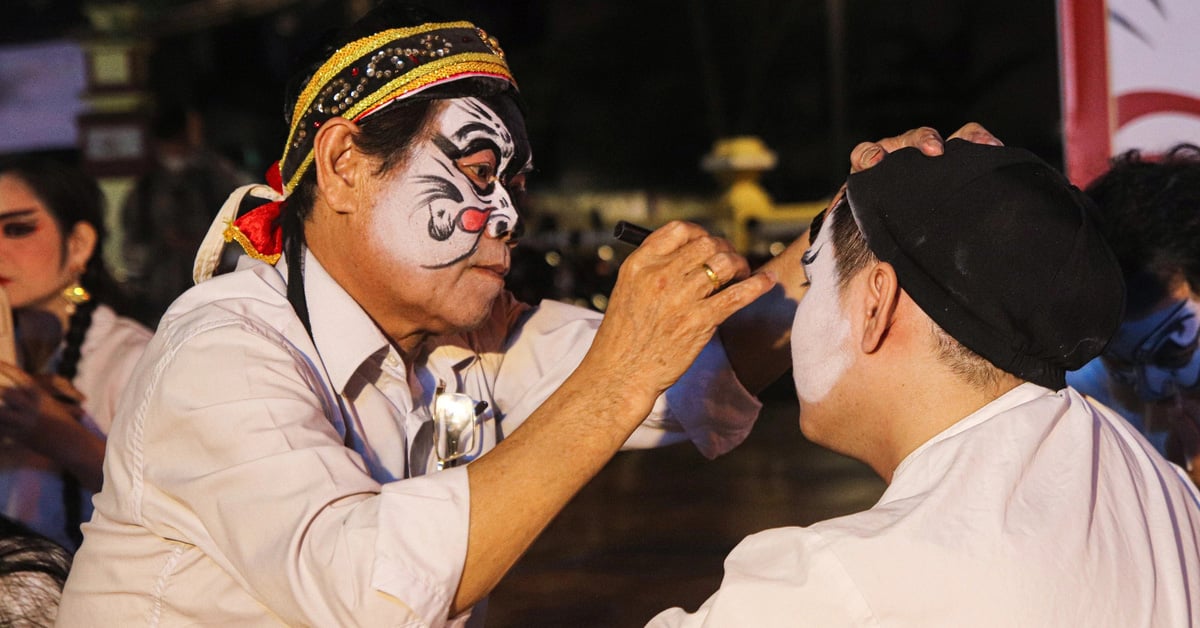

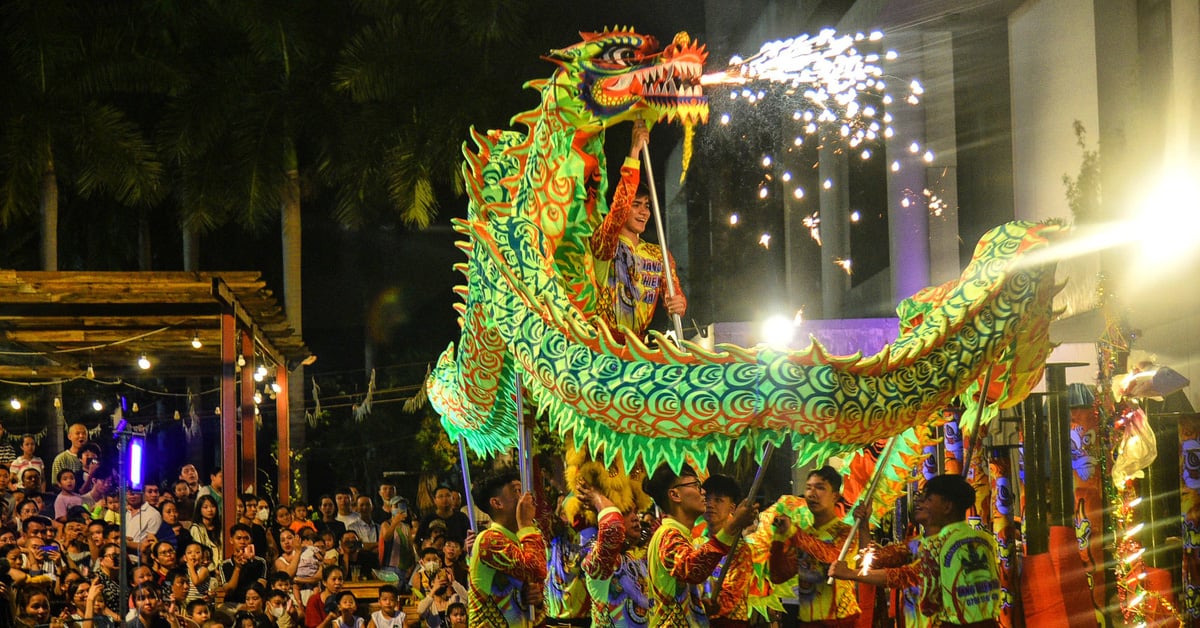
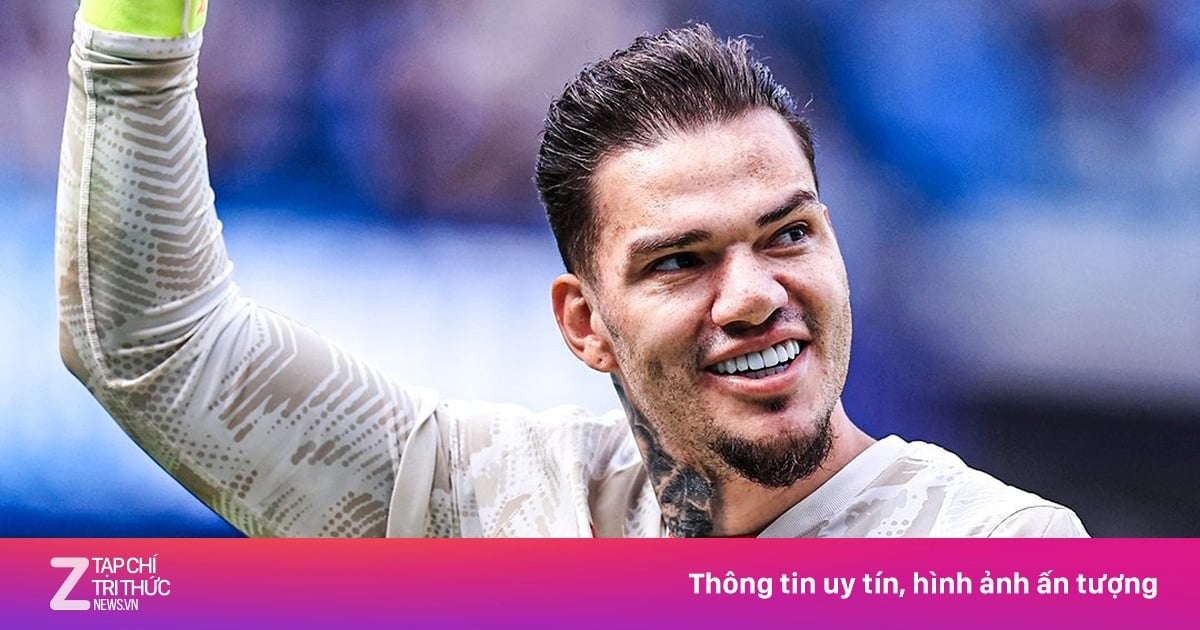
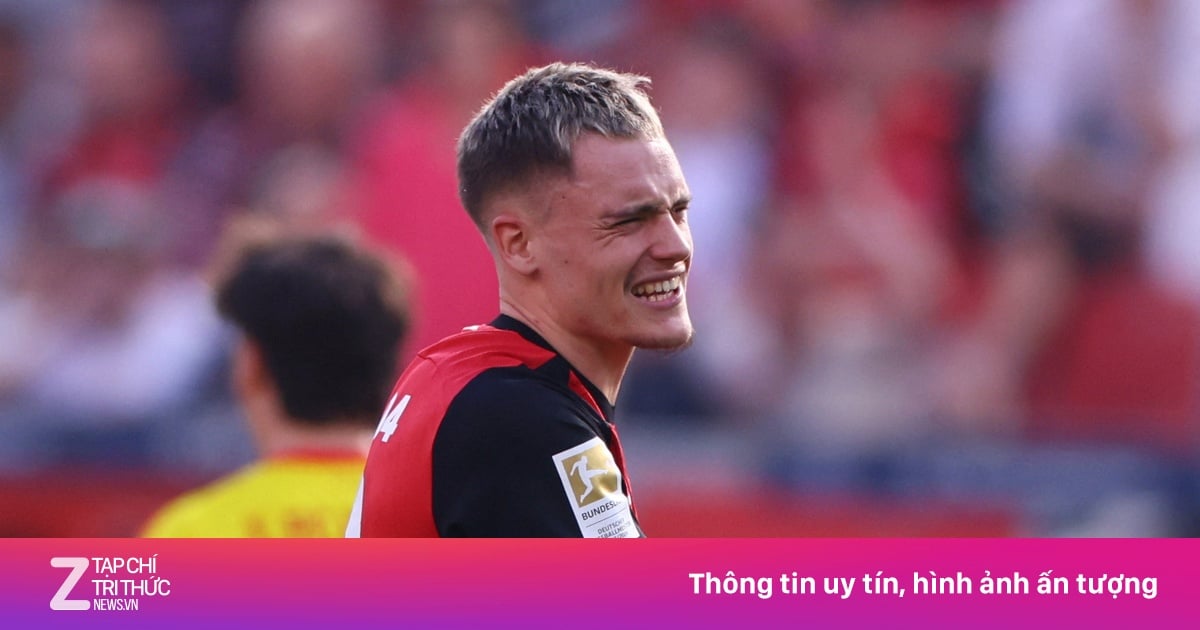

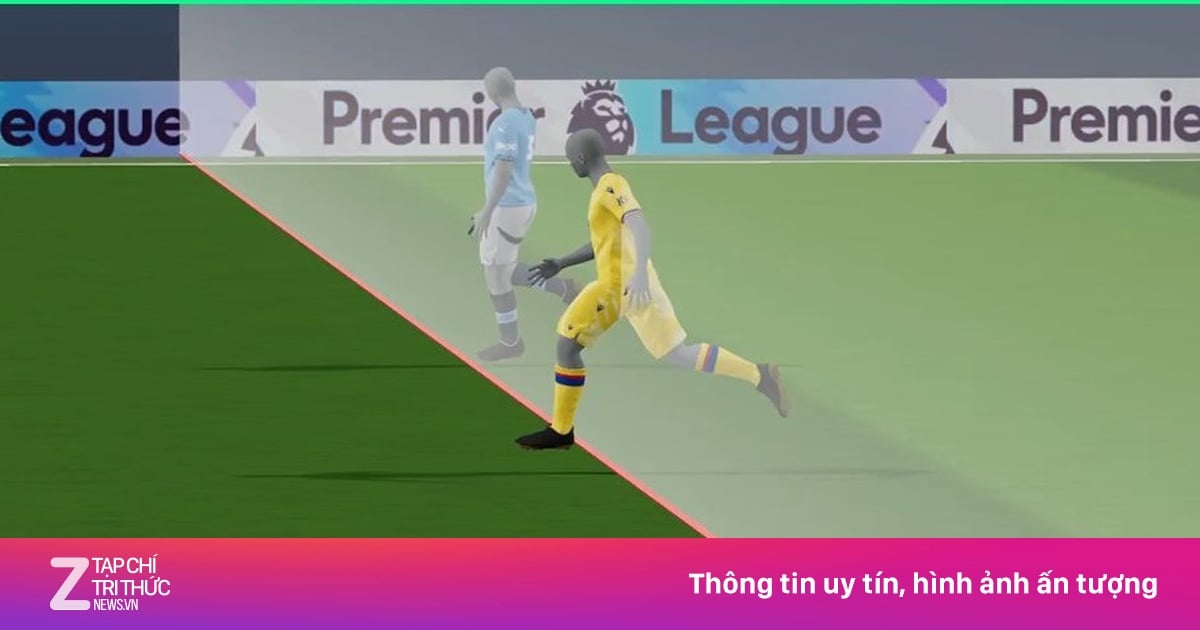
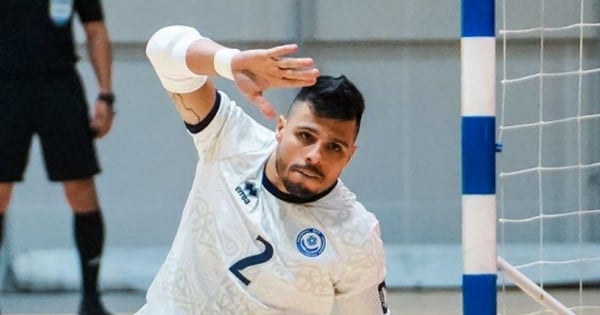
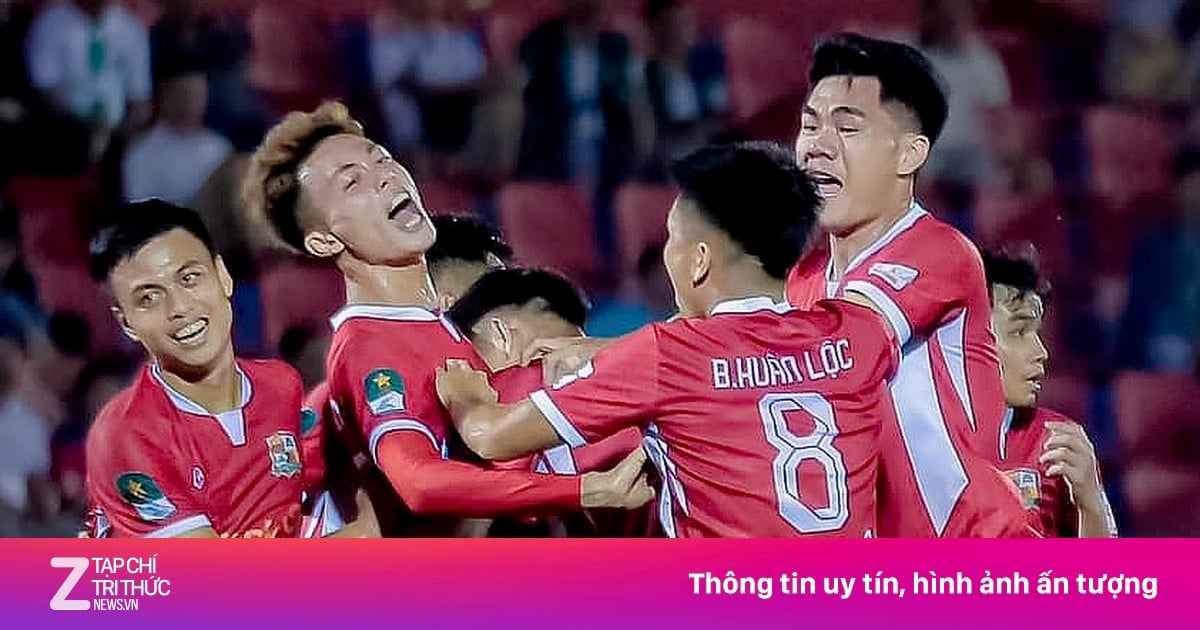



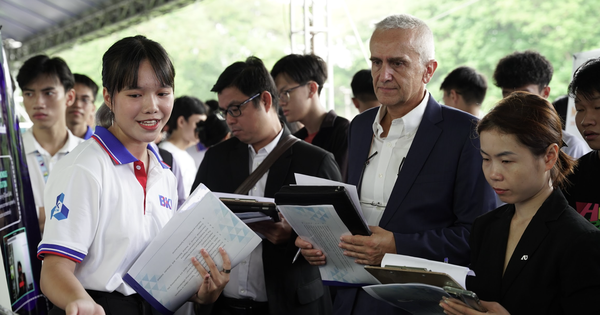
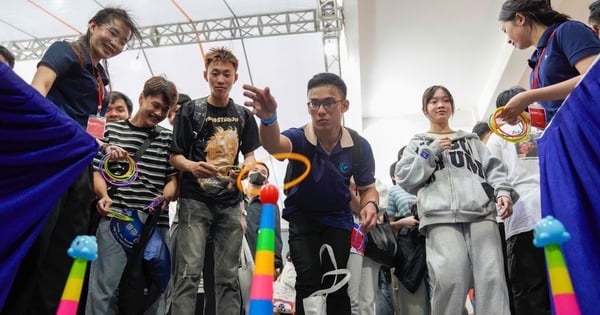
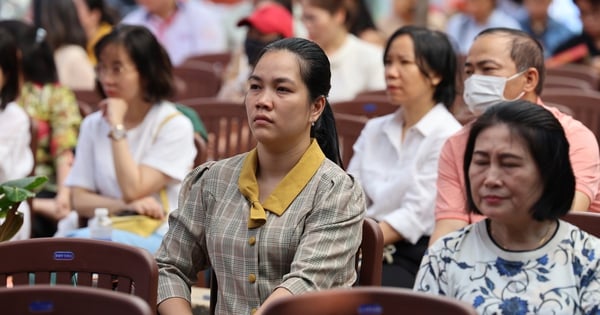
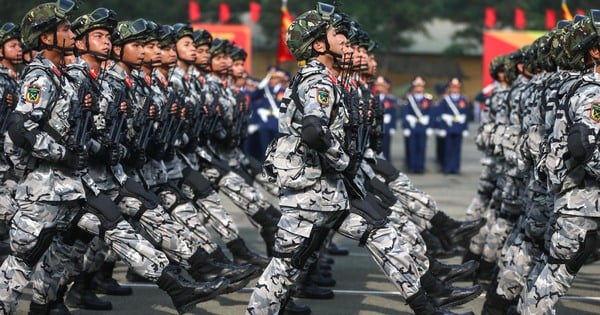
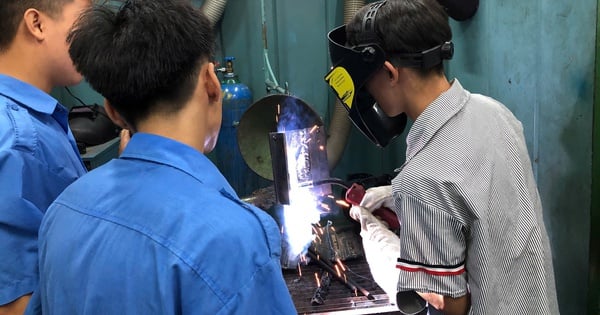
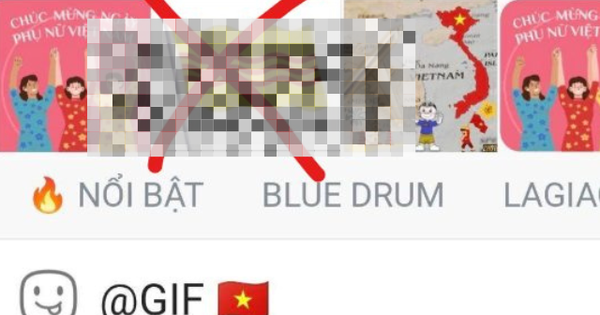











































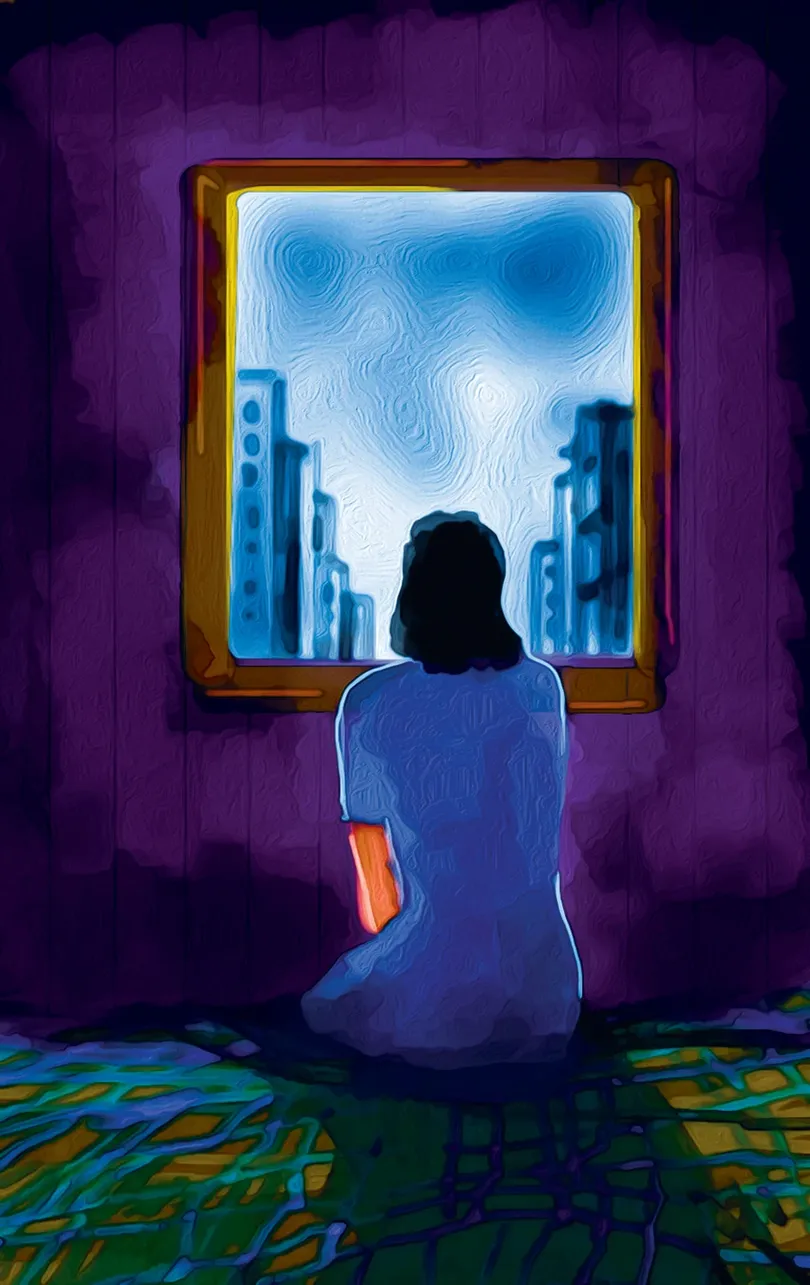

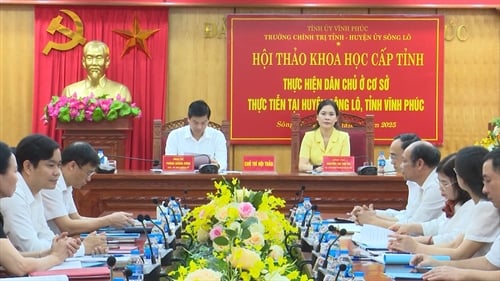


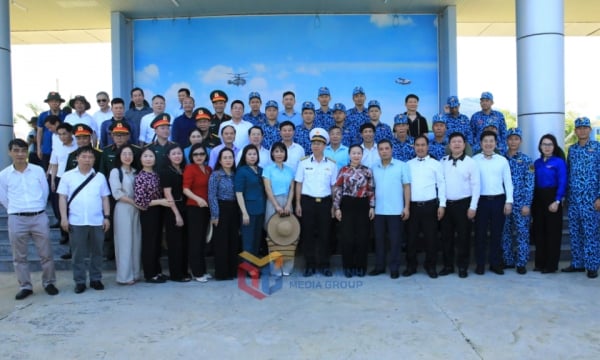













Comment (0)